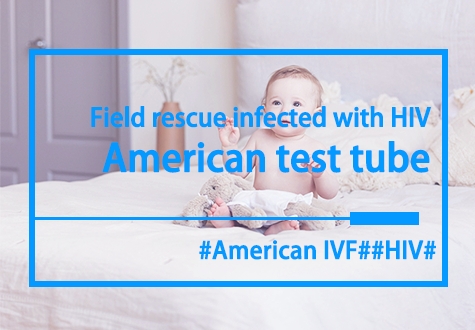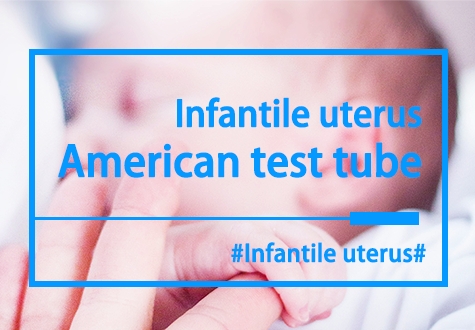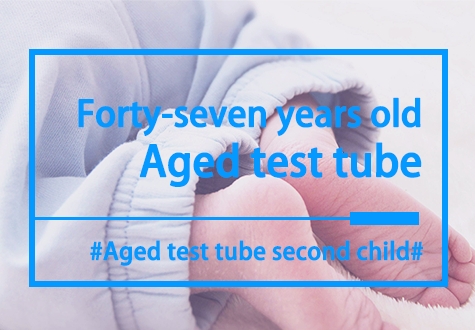Ivf technology: Hope and challenges
With the increasingly prominent problem of infertility, IVF technology has become an effective means to treat this problem, and has gradually penetrated into people's lives, bringing dawn to many infertility families. According to statistics, more than 10 million babies have been born worldwide due to IVF technology.

IVF, also known as in vitro fertilization-embryo transfer (IVF-ET), is an assisted reproductive technology. It achieves pregnancy by fertilizing eggs and sperm outside the body and then transferring embryos into the mother's uterus to develop. Although the embryo is initially developed outside the body, the vast majority of the development process still takes place inside the mother.
Ivf is mainly divided into different types, depending on the method of fertilization and whether genetic testing is performed. From the first generation to the fourth generation, each technique has its own unique features, and the doctor will choose the most appropriate method based on the specific situation of the couple.
Having IVF treatment requires both couples to be well prepared, including psychological, financial and time preparation. It is important to know the success rate and cost of treatment, and to expect it.
Although IVF has brought hope to many families, the need for treatment is still assessed by a professional doctor.
The basic principle of IVF is to fertilize the egg and sperm in vitro, and then transfer the fertilized egg or early embryo into the mother's uterus to promote pregnancy. This technique was first successfully applied in the early 1970s, and since then, through continuous development and improvement, IVF has become one of the routine treatments for infertility.
First, the development of test-tube baby technology
1. Early exploration: In 1978, doctors Robert Edwards and Patrick Steptoe in the United Kingdom successfully achieved the world's first IVF birth, which was a major breakthrough in medical history. The baby was named Louise Brown and her birth marked the beginning of IVF.
2. Gradually mature technology: With the continuous progress of science and technology and the accumulation of clinical experience, IVF technology has been gradually improved and improved. In the 1980s, the technology began to spread globally, and many countries established IVF treatment centers.
3. Technological innovation: With the development of genetic engineering and biotechnology, IVF technology is also constantly innovative. For example, the application of intracytoplasmic sperm microinjection (ICSI) has greatly improved the success rate of sperm and egg bonding.
4. Wide clinical application: At present, IVF technology has become one of the main means of infertility treatment, and millions of couples achieve their fertility dreams through this technology every year.
Second, the principles and methods of IVF technology
1. Egg harvesting: First, the woman is treated with a series of ovulation stimulating drugs that encourage the ovaries to produce multiple follicles. Then, at the appropriate point in time, the egg is removed from the follicle by a puncture.
2. Sperm acquisition: Men need to provide fresh semen samples for in vitro fertilization with eggs.
3. In vitro fertilization: In the laboratory, an egg is combined with sperm to facilitate the fertilization process. This process can be done using conventional IVF methods or using ICSI technology.
4. Embryo transfer: The fertilized eggs will continue to be cultivated in the laboratory to form embryos. At the right time, the embryo is transferred into the woman's uterus to facilitate pregnancy.
5. Pregnancy monitoring: After the transplant, the pregnancy needs to be monitored to ensure the implantation of the embryo and the normal progress of the pregnancy.
Iii. Types and indications of IVF technology
1. Conventional IVF technology: in vitro fertilization - embryo transfer (IVF-ET), suitable for a variety of infertility symptoms, such as blocked fallopian tubes, ovarian dysfunction, etc.
2.ICSI technology: For patients with poor quality or small number of male sperm, ICSI technology can be used to directly inject a single sperm into the egg to improve the success rate of fertilization.
3.PGT technology: Through genetic testing of embryos, embryos carrying genetic diseases or chromosomal abnormalities are screened, and healthy embryos are selected for transfer to reduce the risk of genetic diseases.
4.GVT technology: Through egg cytoplasmic replacement, improve the quality of eggs and improve the fertility possibility of elderly women.
Four, the advantages and disadvantages of IVF technology
1. Advantages:
(1) To solve the problem of infertility: IVF technology has realized the fertility dream for many infertile couples, bringing happiness and integrity to the family.
(2) Genetic disease screening: PGT technology can help couples screen embryos carrying genetic diseases and reduce the risk of genetic disease transmission.
2. Disadvantages:
(1) High cost: The cost of IVF technology is high, and some families may not be able to afford it.
(2) Large psychological pressure: the treatment process requires long-term psychological support and cooperation between the couple, which may bring greater psychological pressure.
(3) Uncertain success rate: Despite the continuous progress of technology, there is still some uncertainty about the success rate of IVF, and not all couples can successfully achieve fertility.
As an important means to treat infertility, IVF technology has brought new hope to many infertile couples. Despite some challenges and difficulties in practice, with the continuous progress of science and technology and the accumulation of clinical experience, I believe that IVF technology will become more and more perfect for more couples to realize their fertility dreams.














